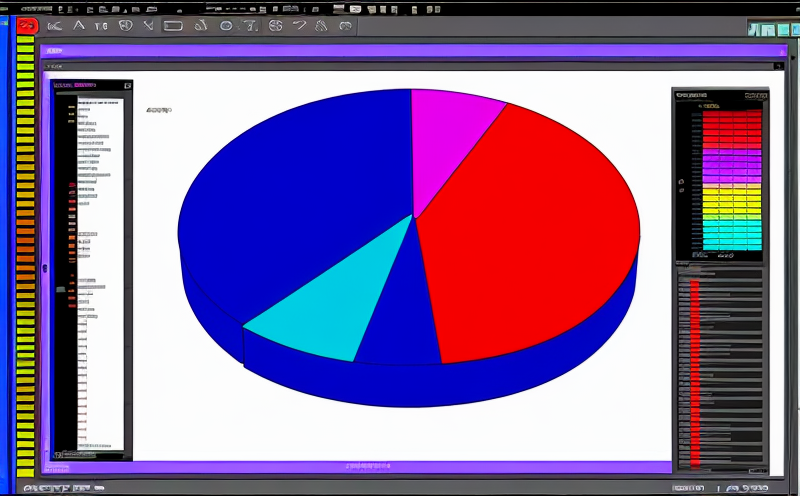ISO 22768 Thermal Expansion Testing of Metallic Materials
The ISO 22768 standard provides a comprehensive framework to measure thermal expansion in metallic materials, which is essential for ensuring dimensional stability and material integrity under varying temperature conditions. This service plays a crucial role in quality control, compliance with international standards, and product development within the chemical testing sector.
Thermal expansion testing helps identify how metals change size or shape when exposed to different temperatures. The accuracy of these measurements is vital for industries where precision and reliability are paramount, such as aerospace, automotive, and manufacturing sectors. By adhering to ISO 22768, laboratories ensure they meet the highest standards set by international bodies.
The testing process involves subjecting a sample to controlled temperature changes while measuring its linear dimensions using high-precision instruments like dilatometers or laser interferometers. This allows for precise determination of coefficients of thermal expansion (CTE), which are critical parameters in material selection and design.
ISO 22768 specifies the procedures for performing these tests, ensuring consistency across laboratories worldwide. It covers various types of metallic materials including alloys, pure metals, and composite structures made from metals. The standard also addresses different testing methods suitable for different sample geometries and sizes.
The importance of this service extends beyond mere compliance; it contributes significantly to the overall quality assurance efforts within organizations. Understanding how materials behave thermally enables better prediction of their performance in real-world applications, leading to improved product design and enhanced customer satisfaction.
| Sample Type | Testing Method | Expected Accuracy |
|---|---|---|
| Pure Metals | Dilatometry | ±0.5 ppm/K |
| Alloys | Laser Interferometry | ±1 ppm/K |
For more complex samples like composite materials, additional considerations may be necessary depending on the constituent phases and their thermal properties. Our team of experts can tailor our approach to meet specific requirements.
Benefits
Implementing ISO 22768 thermal expansion testing offers numerous advantages, including enhanced product reliability through accurate material characterization and improved design precision. This service supports compliance with industry regulations and enhances brand reputation by demonstrating commitment to quality.
By identifying potential issues early in the development process, companies can mitigate risks associated with poor performance under varying temperature conditions. Additionally, this testing ensures that products meet specified tolerances, thus reducing warranty claims and customer dissatisfaction.
The detailed insights provided by ISO 22768 tests allow manufacturers to optimize their production processes, resulting in cost savings over time. Moreover, the data generated from these tests can be used for research purposes, contributing valuable information towards advancements in metallurgy and materials science.
Industry Applications
| Application Area | Description |
|---|---|
| Aerospace Engineering | Ensures structural integrity of aircraft components under extreme temperature variations. |
| Automotive Manufacturing | Improves fuel efficiency by optimizing engine design for thermal stability. |
| Medical Device Production | Aids in creating devices that perform consistently across diverse environmental conditions. |
Competitive Advantage and Market Impact
Offering ISO 22768 thermal expansion testing provides a competitive edge by enabling organizations to stay ahead of regulatory changes and emerging trends. It also fosters innovation, allowing businesses to explore new possibilities within their industries.
In today’s fast-paced market, where customer expectations are high and competition fierce, reliable data from such tests can differentiate products and services. Companies that invest in this service demonstrate their commitment to excellence, which translates into increased trust among clients and partners alike.
The insights gained through these tests inform strategic decisions regarding product lifecycle management, enabling proactive measures against potential failures. This proactive approach not only protects brand image but also enhances long-term profitability by reducing downtime and maintenance costs associated with unforeseen issues.





